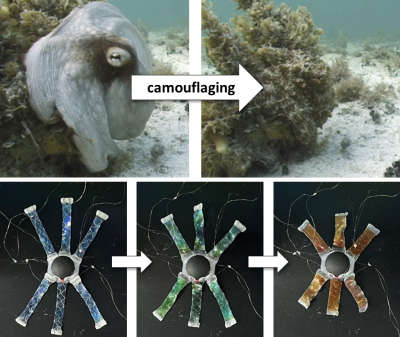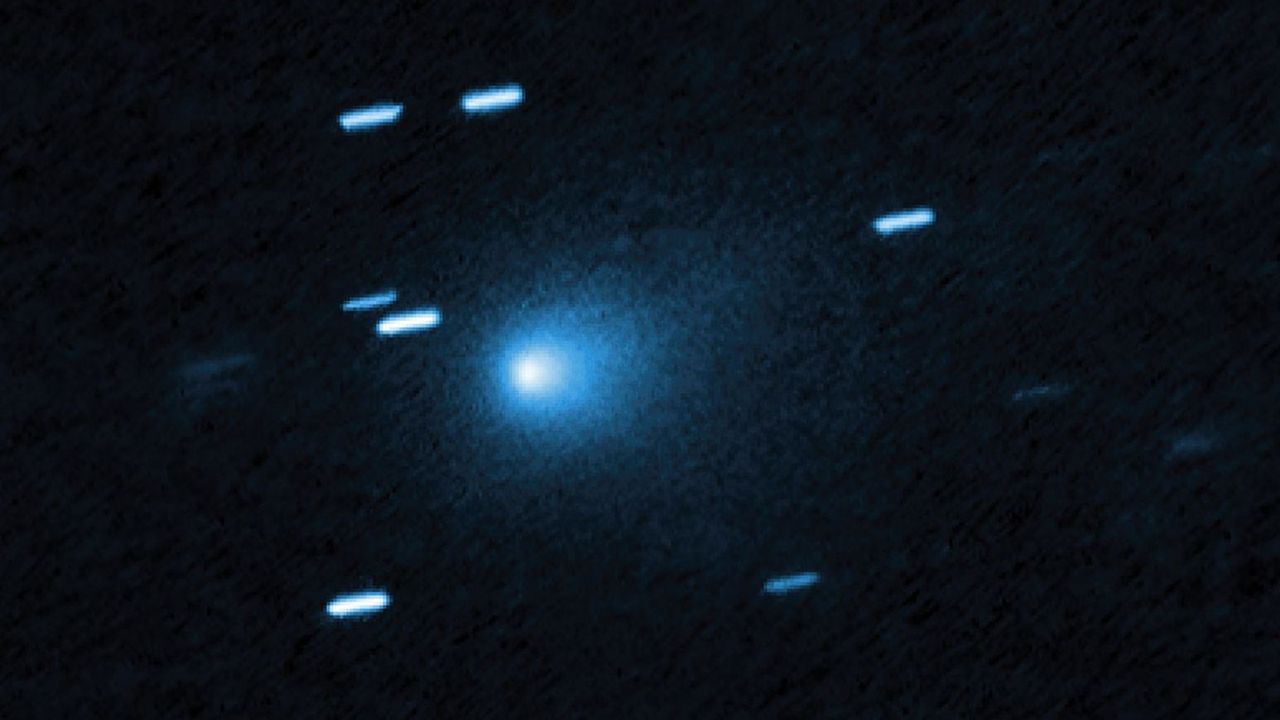The Hubble Space Telescope has provided an unprecedented view of the interstellar comet 3I/ATLAS, revealing its distinct cometary characteristics, including a coma filled with dust particles and the initial signs of a tail. Discovered on July 1, 2025, by the Asteroid Terrestrial-impact Last Alert System (ATLAS), this comet is noteworthy not only for its origins in interstellar space but also for being the fastest comet ever recorded, traveling at an astonishing 130,000 mph (209,000 kph).
3I/ATLAS is an exceptional comet, having traveled through the cosmos for eons before entering our solar system. Its velocity is so high that it will escape the sun’s gravitational pull. After passing close to the sun, it will continue on its journey into interstellar space, never to return. According to David Jewitt, a professor at the University of California, Los Angeles, and the science lead on the Hubble observations, the comet’s origins remain a mystery. “It’s like glimpsing a rifle bullet for a thousandth of a second,” Jewitt stated. “You can’t project that back with any accuracy to figure out where it started on its path.”
Despite the enigma surrounding its beginnings, astronomers are eager to study 3I/ATLAS, as it may offer insights into the composition of objects formed around other stars, potentially predating our solar system.
Key Characteristics of 3I/ATLAS
Comets are generally composed of four main parts: a solid nucleus, a coma, and two tails. The nucleus is often obscured by the coma, which forms as the comet approaches the sun, causing outgassing. The Hubble observations have revealed that the nucleus of 3I/ATLAS is enveloped by a coma made of fine dust particles expelled from its surface. Current estimates suggest that the comet’s nucleus could be as large as 3.5 miles (5.6 kilometers) across, although it could be as small as 1,000 feet (320 meters).
Hubble also detected a dust plume emanating from the sun-facing side of the comet, contributing to the coma, along with early indications of a dust tail. These features are typical of comets observed within our solar system, despite 3I/ATLAS’s unique trajectory and speed.
This interstellar visitor poses no threat to Earth. The closest it will approach is 1.8 AU (167 million miles or 270 million kilometers), which is well within the orbit of Mars. On October 29, 2025, when it reaches its closest point to the sun, known as perihelion, it will still remain farther from the sun than Mars. Even while it enters solar conjunction, becoming obscured by the sun’s glare as seen from Earth, it will remain visible to Martian spacecraft.
A Future of Discovery
Astronomers plan to monitor the activity of 3I/ATLAS as it approaches the sun. As the comet warms, increased outgassing is expected, which may allow for spectroscopic observations to reveal more about its composition. This data could then be compared to that of native solar system comets. Notably, a previous interstellar object, 2I/Borisov, exhibited a higher abundance of carbon monoxide than typical solar system comets, suggesting variations in composition among these celestial bodies.
3I/ATLAS is the third confirmed interstellar object, following the discoveries of 1I/’Oumuamua in 2017 and 2I/Borisov in 2019. Although only a few interstellar objects have been identified, some estimates suggest there may be as many as 10,000 such objects of varying sizes traversing the solar system at any given time.
While scientists cannot directly measure the nucleus of 3I/ATLAS due to its obscured state, the discovery of this comet does not provide a clearer picture of the population of interstellar objects. If 3I/ATLAS is one of the larger examples, it would imply that larger interstellar bodies are rarer than previously thought, complicating existing estimates.
The potential for future discoveries remains bright. The Vera C. Rubin Observatory in Chile is set to enhance our ability to detect interstellar visitors. With its capabilities, astronomers expect to identify at least one interstellar object each year, many of which will be found before they exhibit cometary activity.
“This latest interstellar tourist is one of a previously undetected population of objects bursting onto the scene,” Jewitt remarked. “This is now possible because we have powerful sky survey capabilities that we didn’t have before. We’ve crossed a threshold.”
The findings regarding 3I/ATLAS have been accepted for publication in The Astrophysical Journal Letters, with a pre-print of the study currently available to the public. As technology and observational techniques advance, the mysteries of our cosmic neighborhood continue to unfold.





































































